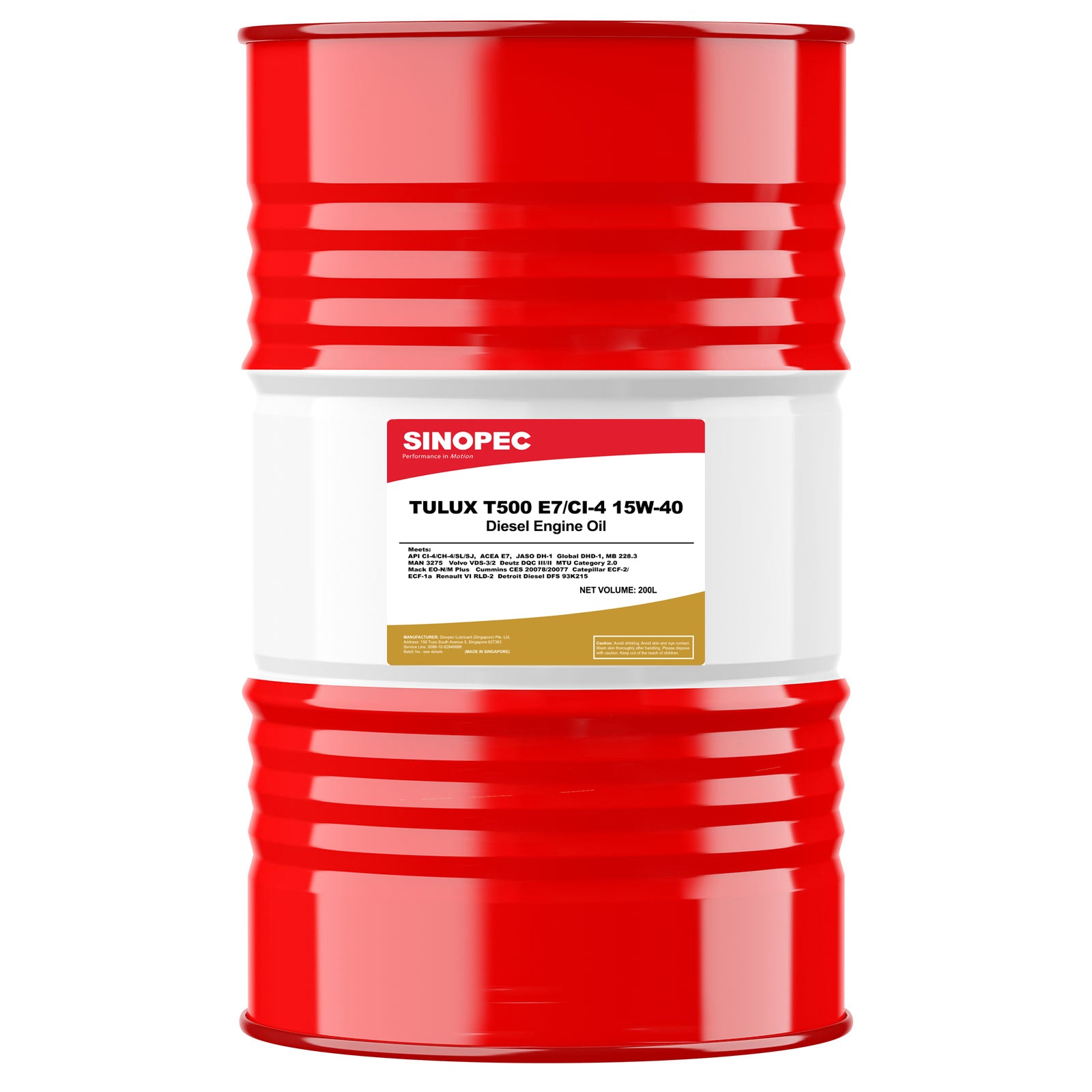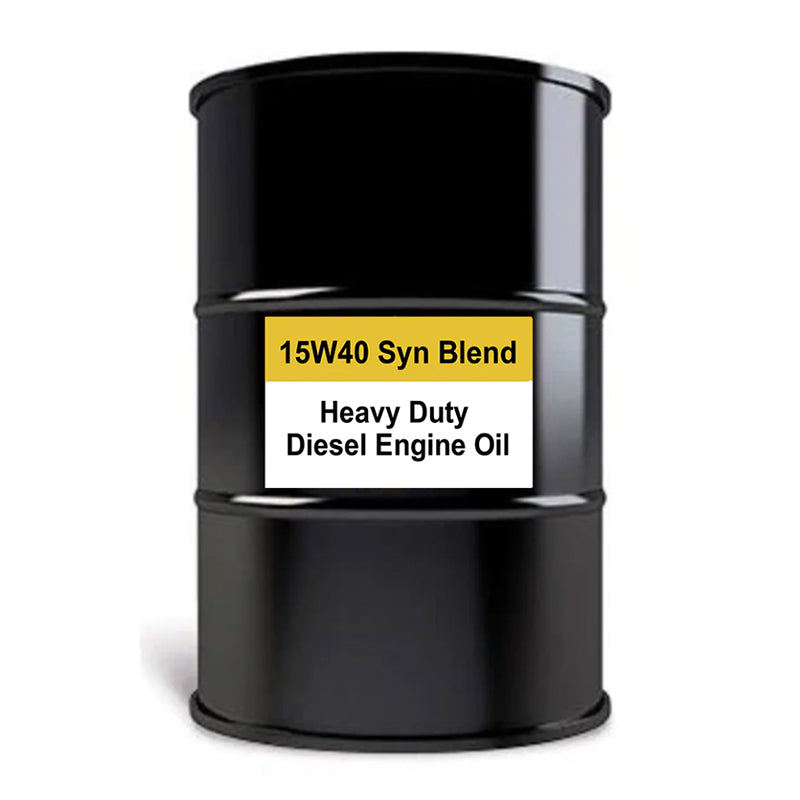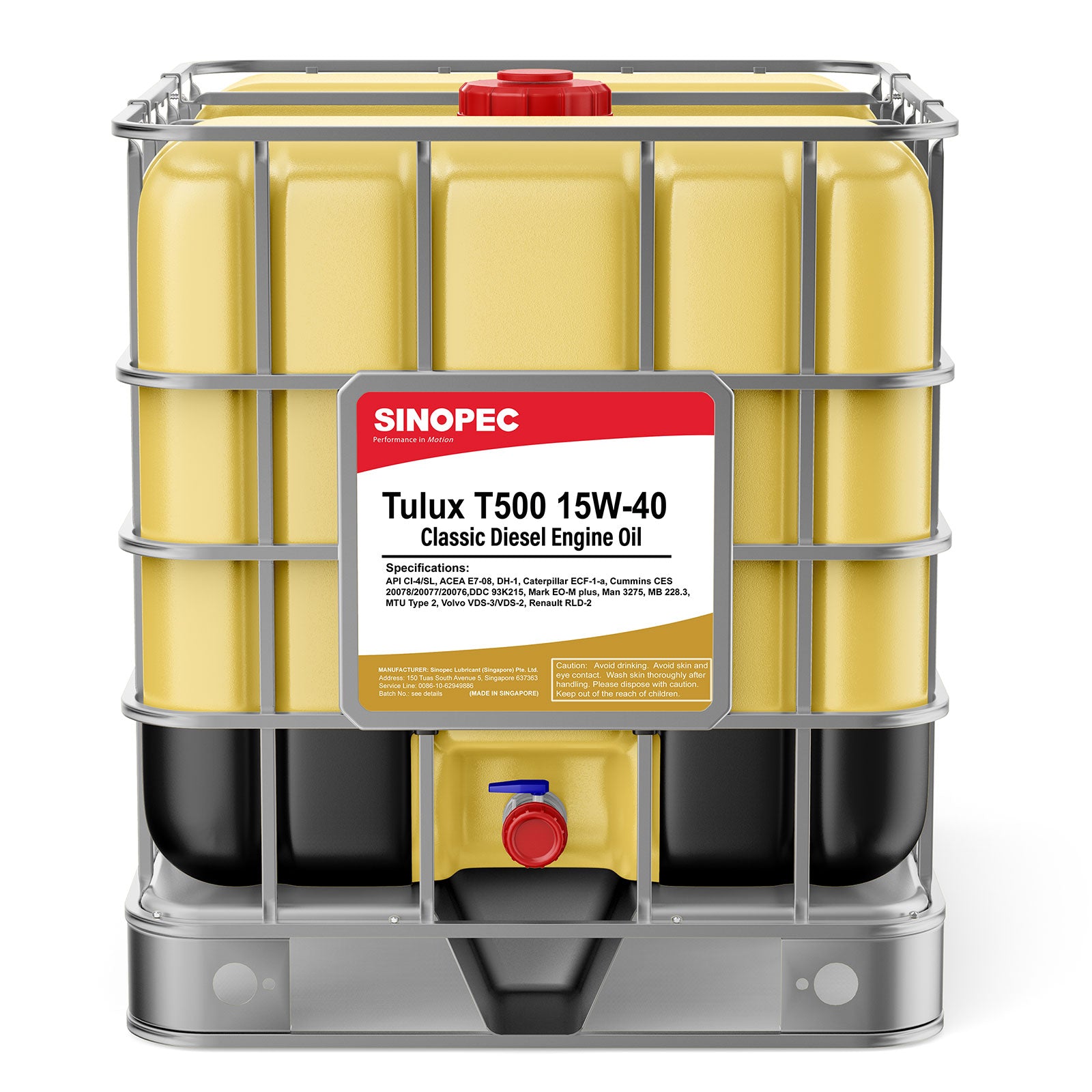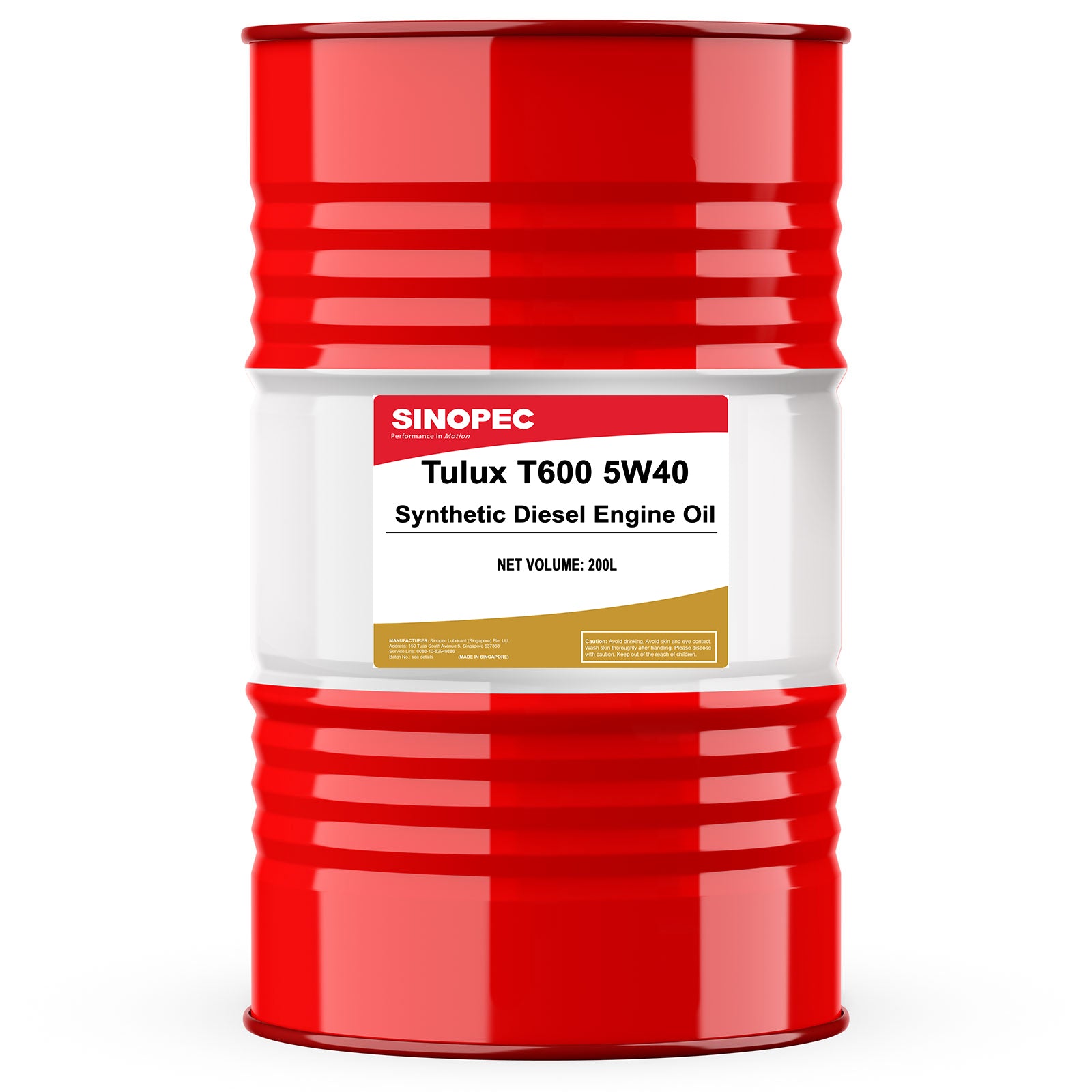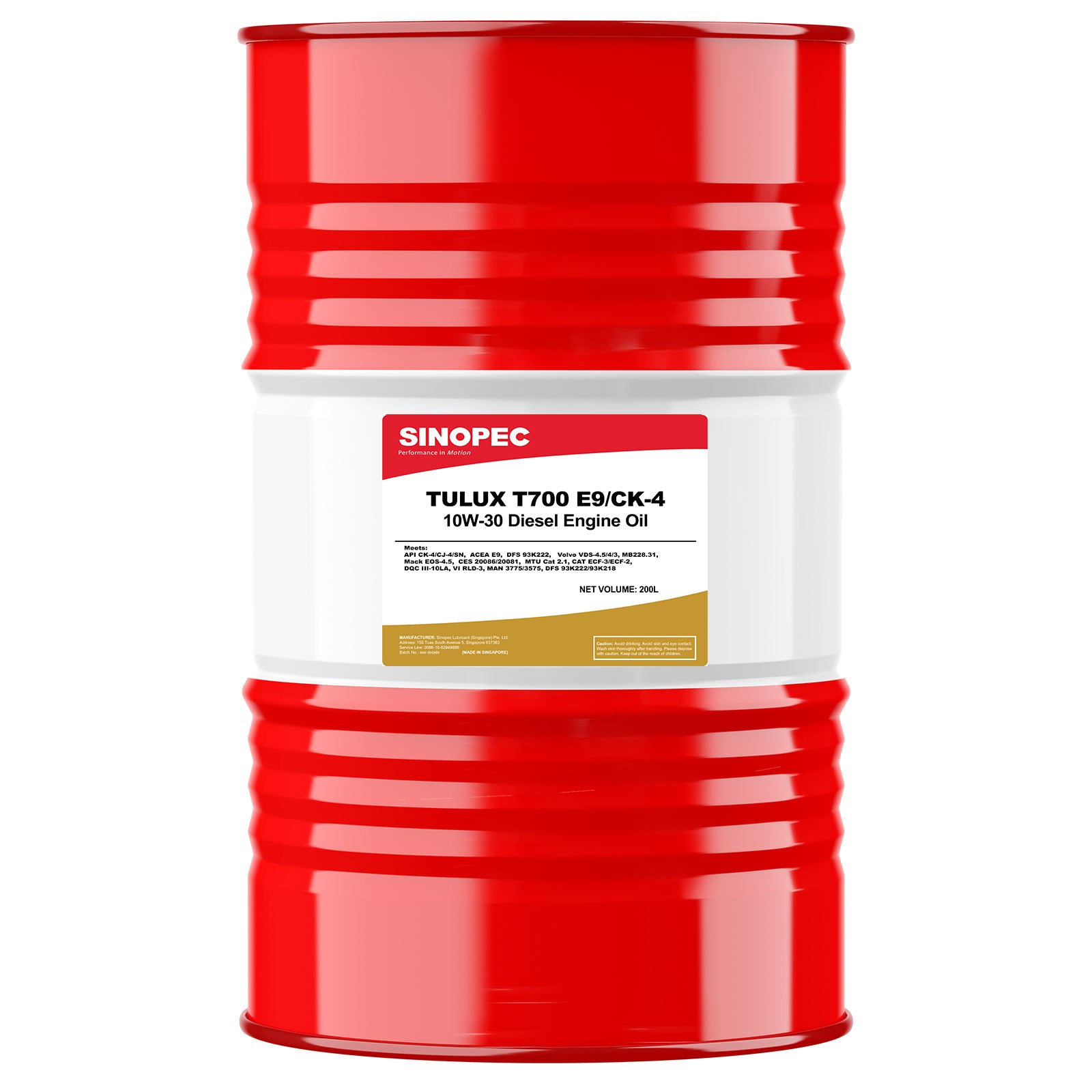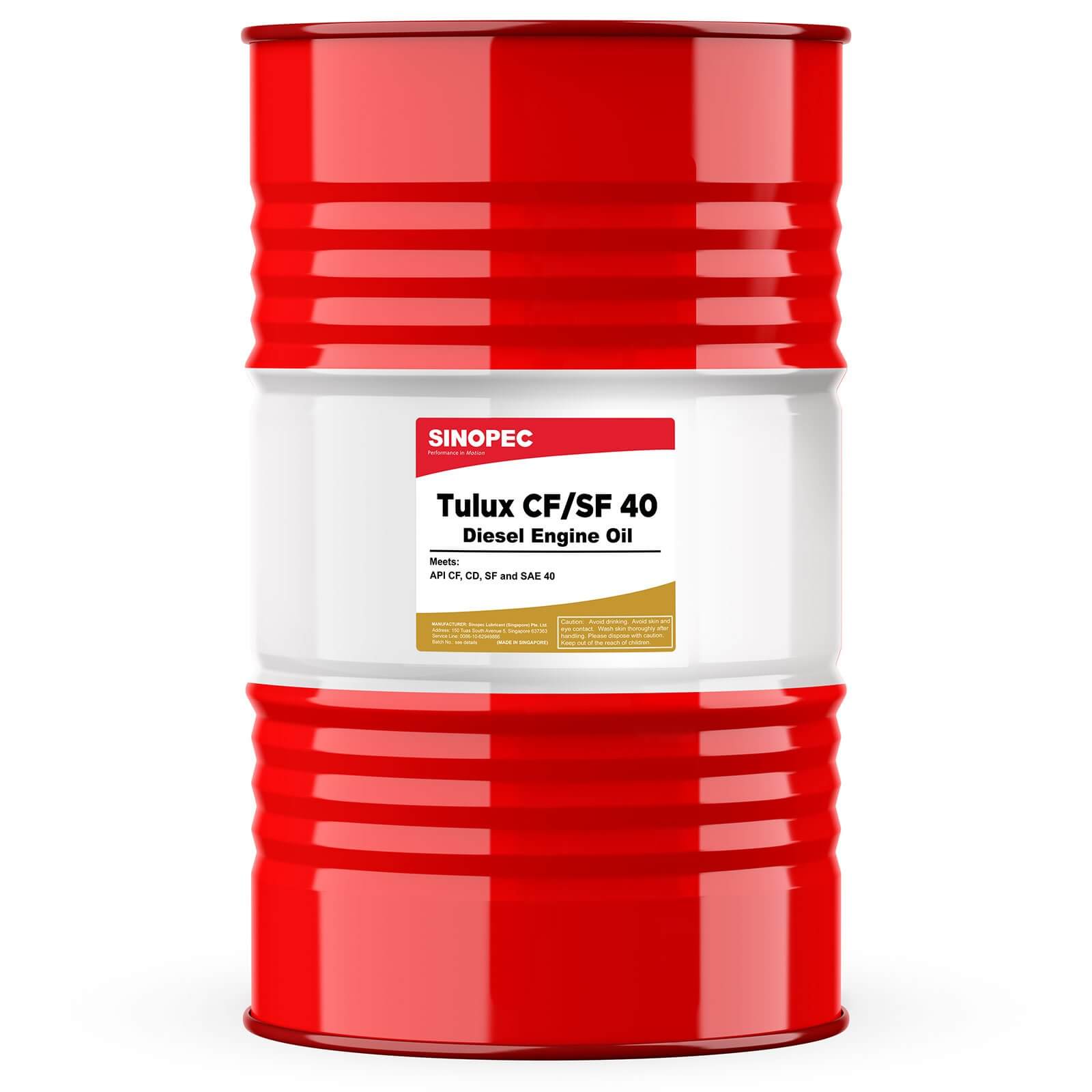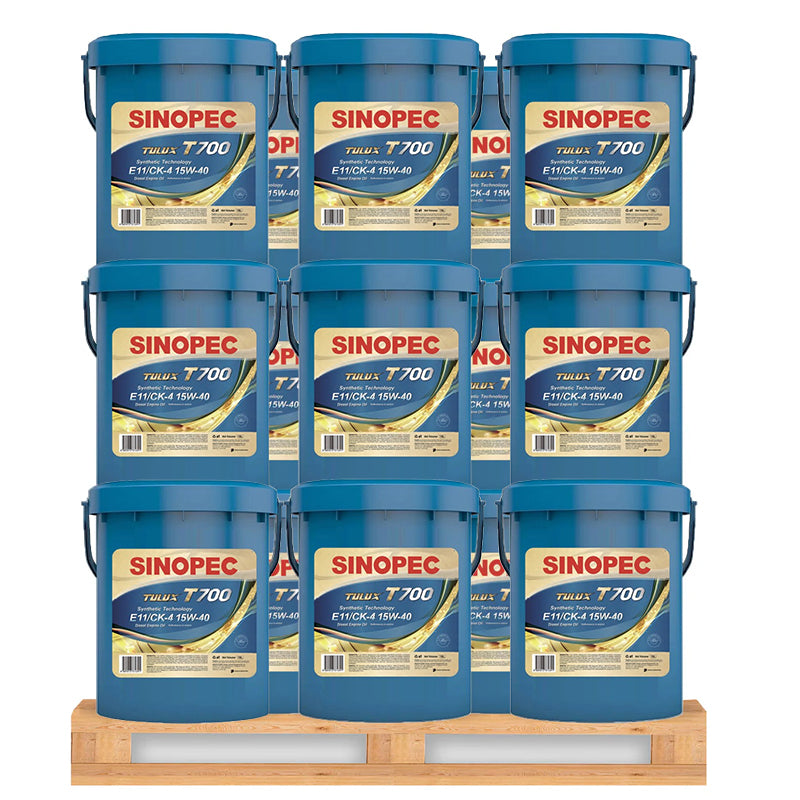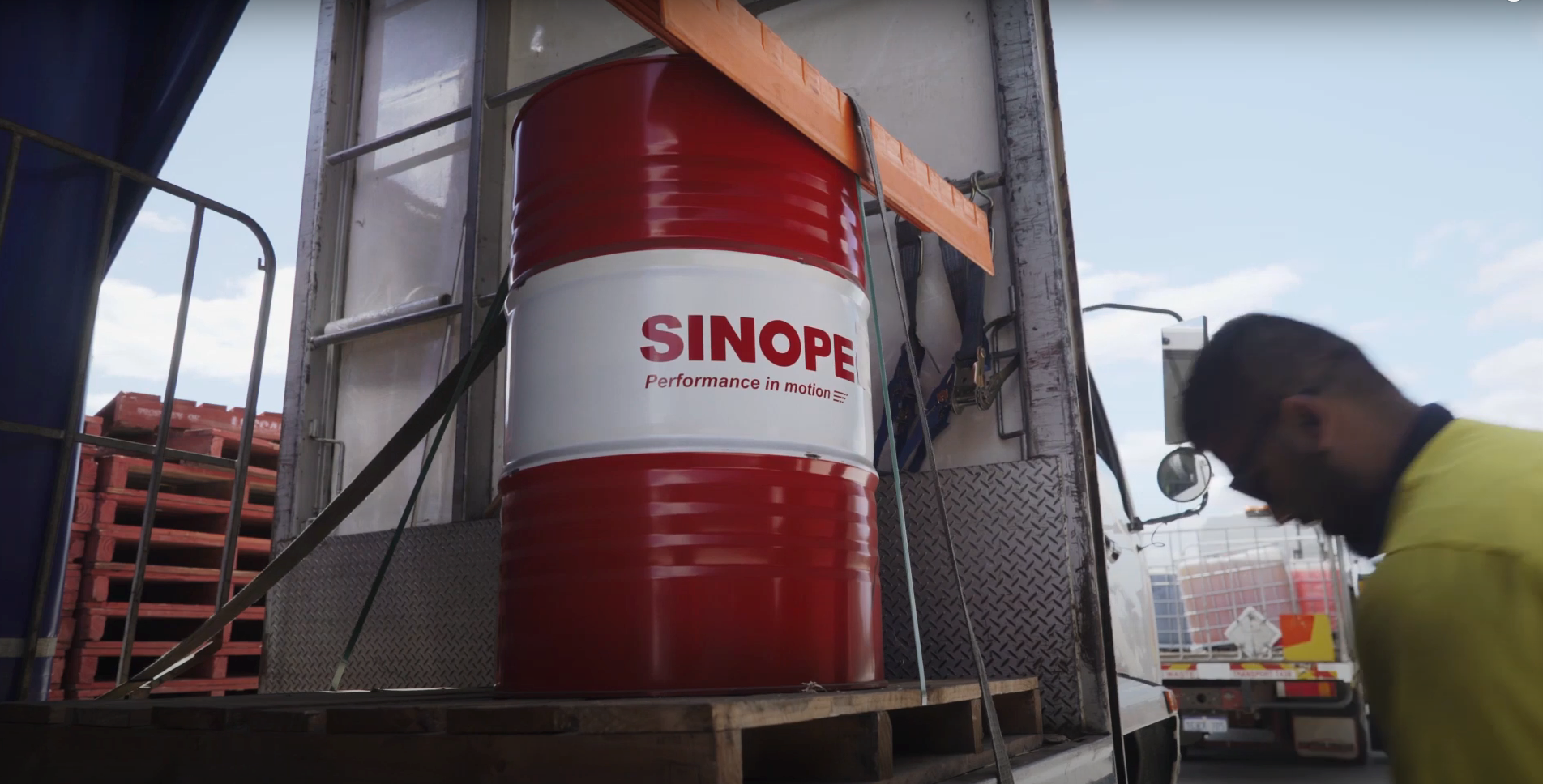SINOPEC Marine oil Stresses on Product Quality to Expanding Global Market
Despite the intense competition and adjustment in global shipping market, SINOPEC Marine oil still maintained the momentum of steady growth in the sales volume from January to May 2014. It has successively reached cooperation agreements with several large shipping companies on supplying marine oil to dozens of ships, further taking the preemptive opportunities and expanding market shares. The past seven years has seen SINOPEC Marine oil grow into the top seller in China’s marine oil market as well as an eye-catching player in the world’s marine oil market.
Various international certifications promote fast development
MAN recently raised the bar for the performance of supporting lubricants. SINOPEC Lubricants immediately, as a quick response launched standards for relevant products and shelved new products on the market, which has met customer demand.
SINOPEC Lubricants views the technological progress in the world’s marine lubricant market as a challenge as well as an opportunity, and tries to achieve transcendence through fast response. Meanwhile, it gathers pace in international technical certification, successively certified by organizations like MAN, a world-famous manufacturer of marine engines, and adapting to the new demand and future development of the shipping market. During January-May, SINOPEC Lubricants obtained 16 technical certificates from MAN, WARTSILA and some other well-known marine engine manufacturers that cover three major categories of products, including marine cylinder oil, marine system oil and marine trunk piston engine oil.
Global deployment results in ever expanding supply networks
Since 2006, SINOPEC Lubricants has aggressively expanded presence in the marine oil market, establishing supply networks at all the shipping ports in Chinese mainland and major overseas ports. By far, it has developed supply networks covering Singapore, Middle East, Greece, US, Western Europe, South Africa, East Africa and West Africa. In August 2012, SINOPEC Lubricants materialized the first operation in the US through its outlet in New Orleans. In April 2014, it carried out negotiation on construction of marine oil outlets in Brazil, expected to make new headway in deployment of its global marine lubricant outlets.
Comprehensive lubrication services improve competitiveness
The service team of SINOPEC Lubricants conducts site investigation and sampling for every ship supplied with the lubricants, develops ship lubrication plans based on the equipment conditions of ships and relevant experiment reports, proposes relevant matters needing attention and provides the 《SINOPEC Marine Lubricant Oil Service Manual》. SINOPEC Lubricants also offers regular “checks” for equipment through oil sample test reports, which ensures safe use of marine oil and further meets different customer demand both at home and abroad.
Technical Certification is the “Golden Key” to International Competition
Basing customer development on products and technologies has always been a focus of work that SINOPEC Lubricants strives to advance.
In the automobile field, SINOPEC Lubricants not only exchanges with its foreign peers for better experience, but also organizes technical personnel for international technical certification, successively recognized as a lubricant supplier for American, European, Japanese and South Korean automobiles. In July 2008, SINOPEC’s automotive lubricants were successfully certified by the world’s top five automakers including GM, Toyota, VW, Daimler Chrysler and Honda, and became the world’s third lubricant enterprise that passed the technical certification by the said five giants.
Over the past 12 years since its establishment, SINOPEC Lubricants has been awarded 262 domestic certificates and more than 90 foreign certificates. Internationally, it has passed OEM certification by API, MAN, WARTSILA, CIAM, SIEMENS, GM, ZF, VW, SHOTTEL and KPM.
Application of SINOPEC 5070S to the VLCC “CHANG JIANG ZHI HUI”
The “CHANG JIANG ZHI HUI” was delivered and put into use in September 2009, with the main engine manufacturer as MAN-B&WDMD and auxiliary engine manufacturer as Yanmar. Used for three years, it presently navigates on North Africa-China and Middle East-China routes for crude oil transportation.
Since the construction stage, the ship had been supplied with the lubricants under the international brand S. In September 2012, it was first filled with SINOPEC Lubricants, and comprehensively adopts SINOPEC marine oil for its main engine cylinders and generators at present. , the fracturing trucks are mounted with Allison CLT 9884 automatic transmission.
The fuel used by the ship contains about 2.8% of sulfur. Under the empty running state, the rate of the main engine is about 50 rpm, the load rate 40%. Under the full-load running state, the rate of the main engine is about 68 rpm and the load rate 60%. The oil consumption of the main engine cylinder is about 0.95g/kWh.
From April to August 2012, for the No.1 to No.6 cylinders of the main engine of the ship were hanging cylinder disassembly inspection. The wear rate of cylinder sleeves per 1,000 hours was 0.021 ~ 0.029mm/kh. Except a few chock plugs found with carbon deposit, piston rings, piston skirts and cylinder sleeves were clean and in sound conditions.
Since application of SINOPEC marine cylinder oil and marine system oil to the ship in October 2012, the engine has been checked several times through the scavenging port and no abnormal conditions have been reported. Checks show that the piston rings are wet and well lubricated, with the surface bright and free of abnormal wearing. Checks of the appearance of pistons, piston rings and cylinder sleeves and of the flexibility of the piston rings also suggest no abnormalities. The lantern ring grooves are free of carbon deposit; The tops of piston heads have a little carbon deposit, and piston heads and skirts have medium carbon deposit. Checks of the streak lines on the inner walls of cylinders indicate no obvious scratches; Oil injection is normal and the scavenging port is smooth and free of carbon deposit.
SINOPEC Marine oil Stresses on Product Quality to Expanding Global Market
Web Help Desk
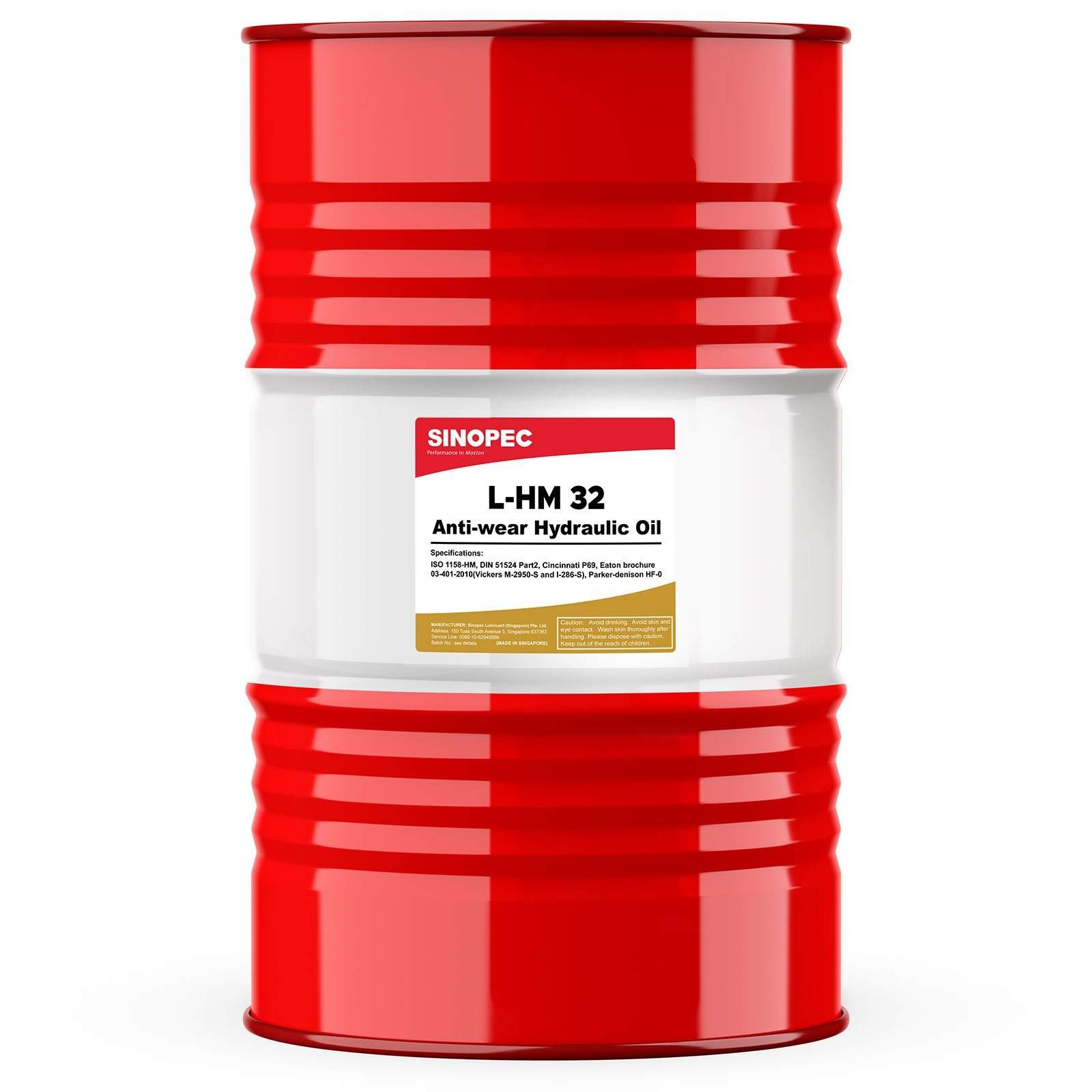
AW 32 Hydraulic Oil - 55 Gallon Drum
Sale price$449.00
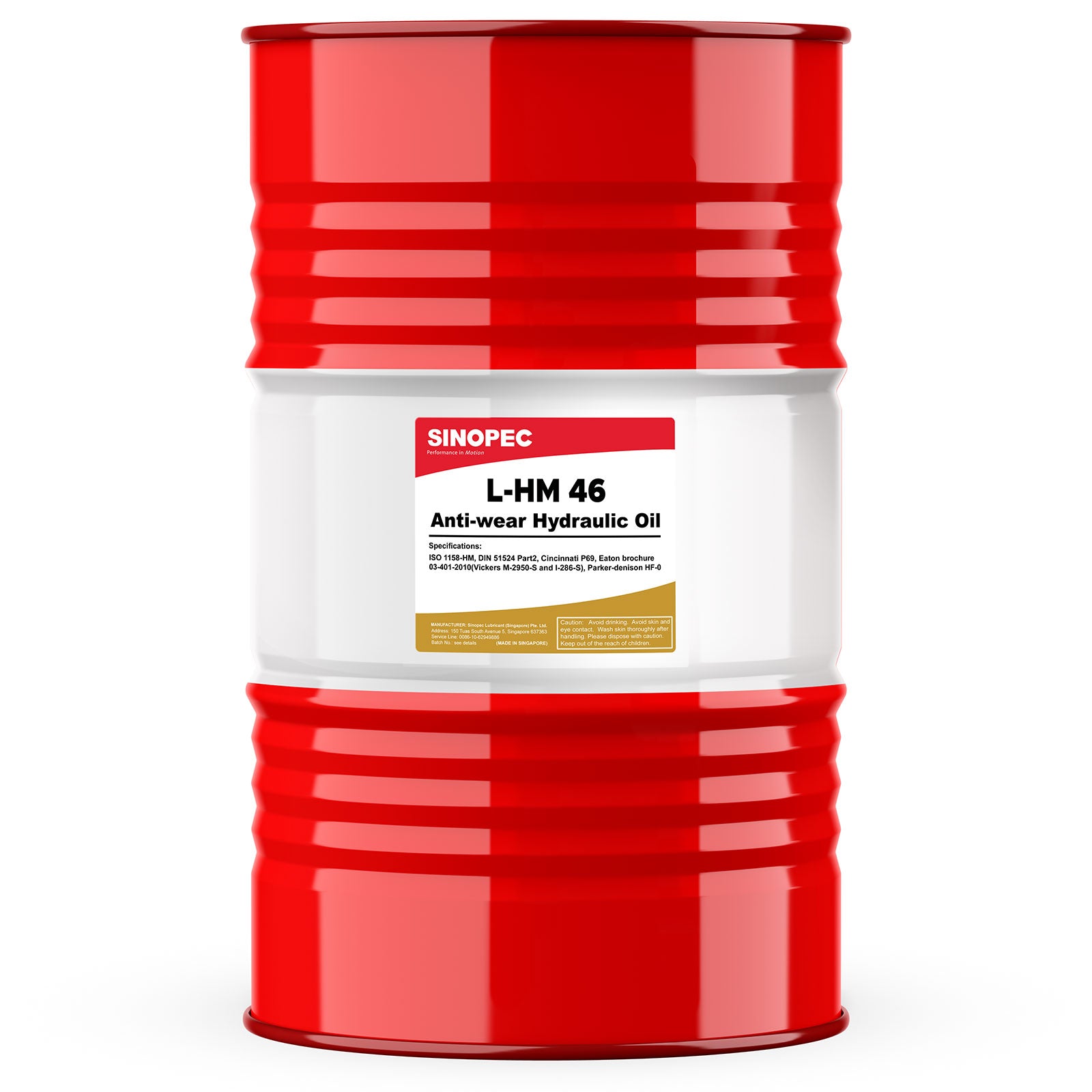
AW 46 Hydraulic Oil - 55 Gallon Drum
Sale price$449.00
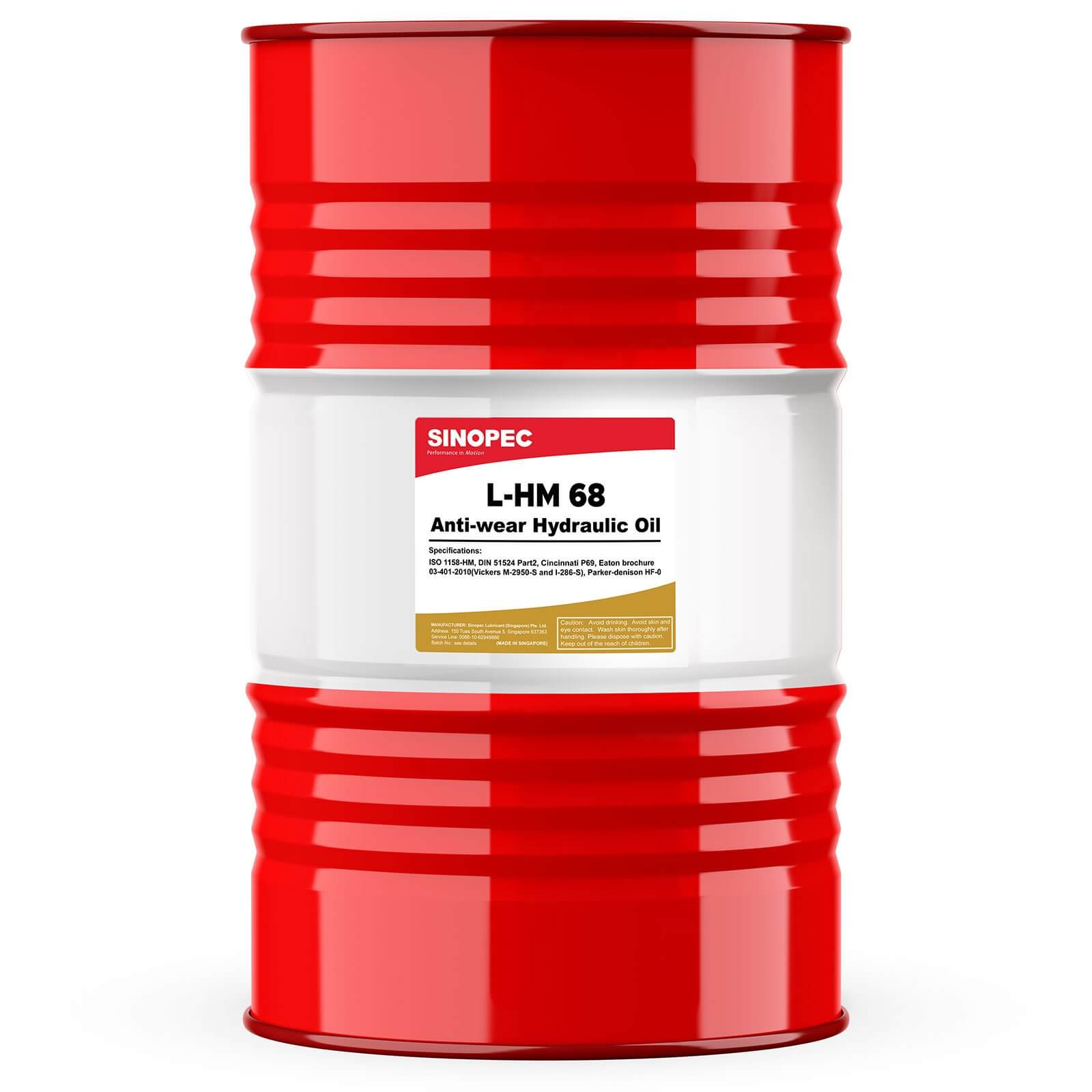
AW 68 Hydraulic Oil - 55 Gallon Drum
Sale price$449.00
Where Do We Ship From

